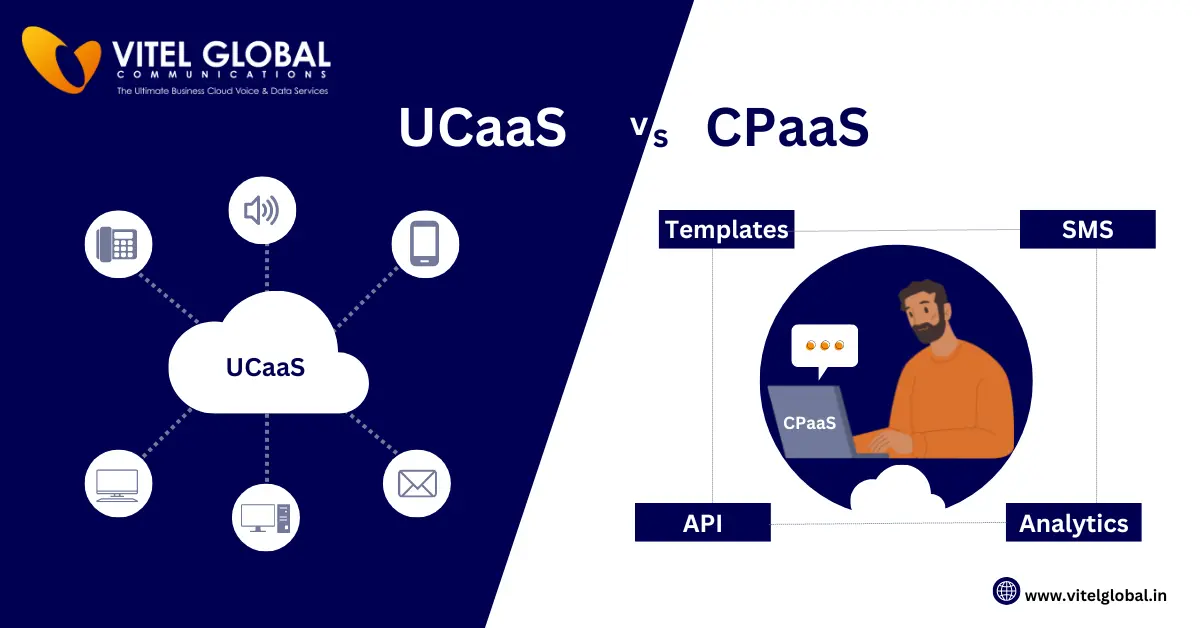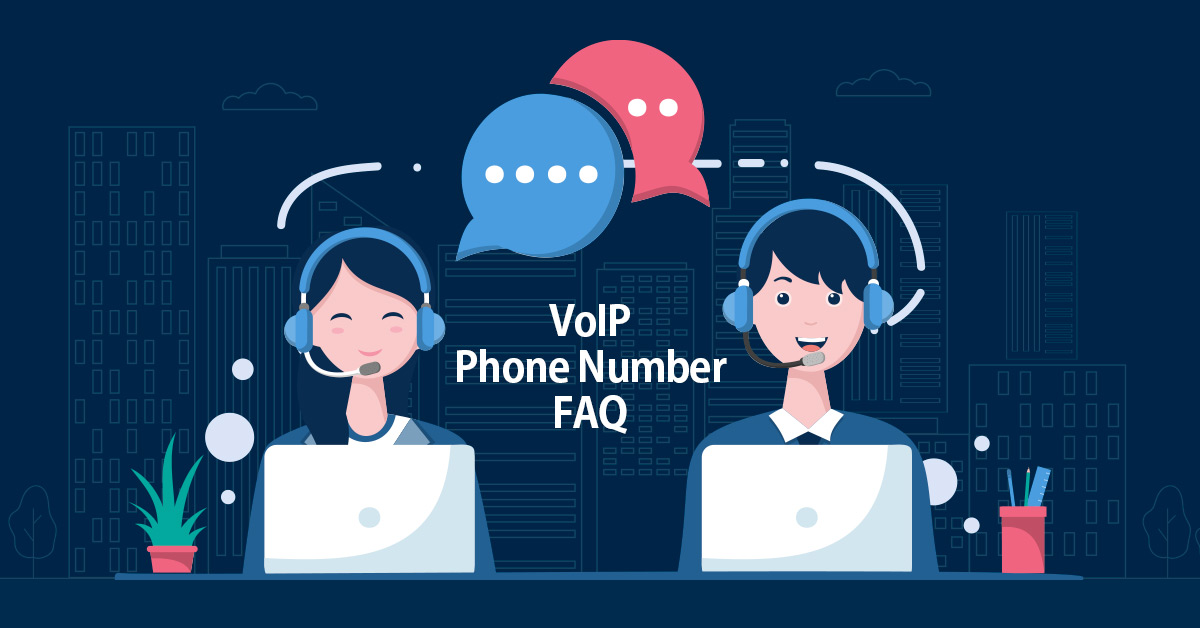Video Conferencing Definition
Video conferencing Solutions generally refers to internet calling where two or more people meet virtually in real time. This feature is not new to the world but its utilization was boosted at the time of the global pandemic. You can use any device like a smartphone, laptop, tablet, or desktop with a web camera.
As this feature completely relies on the internet, the data speed can influence the quality of a video call. We use this for personal as well as professional purposes. Online learning, a form of non-formal education, is trending in the current days; thus, the video calling feature is helpful for students too.
Also, some businesses have dedicated video conferencing rooms with good-quality cameras and screens to ensure the best calling experience. Most of the time, the hardware is assembled by an external partner.
How Does Video Conferencing Work?
A video call works just like an audio call in a cloud-based phone system. Suppose, once an individual is on a call, the sound and visual analog signals are converted to digital packets to carry them. This step is called coding. In the end, the digital packages are converted back to analog signals. We call this step decoding.
While carrying digital signals, the data is compressed, and the data will be decompressed on racing the receiving end.
What are the Essential Components of Video Conference Solutions?
- As a video call works on the internet and therefore, the first component is a local area network
- As per your need, a certain number of web cameras
- Microphones
- A screen or a projector to view
- Speaker or headphones for voice output
Apart from the above, you can also process a video call on your smartphone.
Types of Video Conferencing:
This is always to remember that video calling (cloud-based) is a virtual platform where multiple participants can see and talk to each other in real-time.
But, for our usage, video conferencing can be classified into 2 different types.
- Point-to-point video conferencing
- Multiple-point video conferencing
Point-to-Point Video Conferencing:
This is a one-to-one call generally used for online learning, telemedicine, and job interviews. After the global pandemic, almost all the interviews are initiated by a video call where one or more will assess the candidate.
Multiple-Point Video Conferencing
Meetings and webinars are probably held in this style. When it comes to a meeting, people/employees from many different locations can participate in the conference, saving a lot of valuable time and money.
Advantages of Video Conferencing Solutions:
Every product/service has 2 shades like a coin with two sides. But, if you compare, the video conferencing feature has more advantages than cons. Let us discuss some of them now;
Saves Money:
As we all accept that whether it is a personal or a professional cause, we always try to save the expenses. Before the usage of this fantastic technology, people used to travel and pay traveling and accommodation expenses. Yet, not everyone can attend such a meeting traveling long distances (or from another nation).
Saves Time:
For the above reason, traveling takes time, and such a situation might disturb your health and daily routine. Once employees are used to this video calling technology, it will make your meetings more productive.
Effective Communication:
Nowadays, employees in the business sector prefer video calls over audio calls. Because a virtual face-to-face call creates more impact and improved relationships. Video conferencing Solutions can ensure the quality of the call and communication with better understanding. Video calling can generate more engagement and is effective as it is a visual anchor.
Best Collaboration:
Video conferencing offers more than just seeing and talking. You can share the screen, exchange files, and edit them as you do in life. This encourages a prospective work culture across businesses with more partner engagement. Through this, you can make quick decisions in everybody’s presence wherever they are, whether outside, at their houses, remote, or in another nation.
Enhanced Efficiency:
Business operations must be efficient to handle the current competition. Not all are available every time. As already informed, your operational efficiency could be multiplied by saving time and money. Once you have a refreshed mind, you can think better in the meeting, or you can take a quick leap into brainstorming. Your every step will lead you toward productivity.
Task Scheduling:
Video conferencing solutions makes scheduling your tasks and meetings more accessible. Because if you and your staff travel often for meetings, productivity might be challenging. In such a case, video calling enables you to handle these scenarios easily and is always ready for a face-to-face meeting at your desk.
Maintain Updated Records:
Record maintenance might be an issue if your team members exist in different locations and watching every move is practically impossible. But, with the advanced features of video calling technology, you can record, transcribe and keep all the required details up to date. In this way, cloud-based video calling could increase the operational consistency of a business.
Disadvantages of Video Conferencing:
Along with benefits, video call conferencing has different disadvantages as guessed. Let us dive through some of them!
No Personal Rapport:
There is no personal contact between people. Gradually, individuals look like virtual characters more than humans. Especially in the case of remote workers.
Human interaction more or less depends on body language, which you cannot read on a screen and might lead to misunderstanding. Because personal rapport can always outrun a virtual screen meeting.
Unstable Network:
Suppose you use a high-end camera and screen for a team video call, you need a high-speed broadband connection. If the internet connection weakens, you can find blurry images and unclear voices, which might frustrate your meeting partners.
The next problem is time lag. Due to an unstable network, time lag might be annoying during serious negotiations.
Diminished Staff Training:
The fact is, your staff works, but they can seldom learn anything newer and exciting. Due to this video calling feature, people stick to a work and communication loop and there is nothing further for them as a professional.
Unwanted Stress:
This is the darker side of cloud-based video conferencing. Once you know that you can arrange a call anytime you want, people are less bothered about preparation. In such cases, employees might force themselves to research more outside their working time, resulting in mental stress.
Conclusion:
There is nothing new here! We are trying to put all the possible information in one place about cloud-based video conferencing. Any technology is helpful when you make careful use of it. Now, video conferencing is used in every business and service sector. For that reason, make sure you move in a line you must benefit from this feature.
Vitel Global is one of the leading Voice over Internet Protocol service providers with well-designed cloud calling plans for businesses.
Grow your business and 𝒎𝒂𝒙𝒊𝒎𝒊𝒛𝒆 the 𝒑𝒓𝒐𝒅𝒖𝒄𝒕𝒊𝒗𝒊𝒕𝒚 with the industry’s best business communication service.
For more details, visit our website and start creating wonders in your organization right away.
For More Info or Book, Your Free Demo Today click here.







